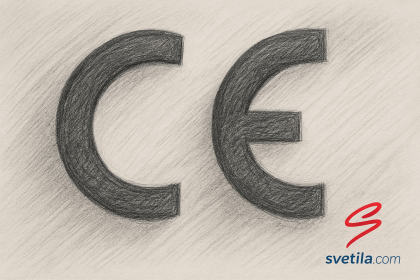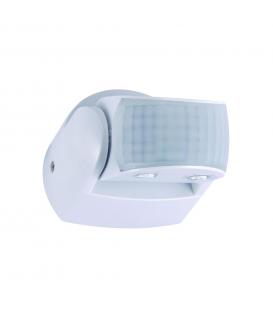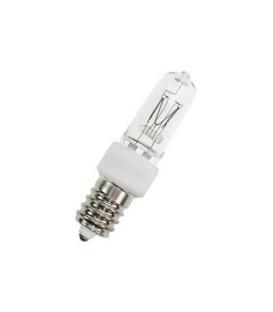CE marking - (CE)

The CE marking is a conformity marking that indicates a product's compliance with the relevant European Union (EU) directives and regulations. It demonstrates that a product meets the essential requirements for health, safety, and environmental protection within the European Economic Area (EEA).
For light bulbs and luminaires (light fixtures), the CE marking is typically applicable under the following directives:
- Low Voltage Directive (2014/35/EU): This directive covers electrical equipment designed for use within certain voltage limits. Light bulbs and luminaires fall within its scope since they operate on electrical power. Manufacturers must ensure that their products meet safety requirements related to electrical safety, insulation, and protection against electric shock.
- Electromagnetic Compatibility Directive (2014/30/EU): This directive addresses the electromagnetic compatibility of equipment, ensuring that devices do not emit excessive electromagnetic interference and are not susceptible to interference from other sources. Light bulbs and luminaires may need to meet EMC requirements to ensure they do not cause disruption to other electronic equipment and systems.
- RoHS Directive (2011/65/EU): The Restriction of Hazardous Substances Directive restricts the use of certain hazardous substances in electrical and electronic equipment, including light bulbs and luminaires. Manufacturers must ensure their products do not exceed the allowed limits for substances like lead, mercury, cadmium, and certain flame retardants.
- Energy Efficiency Directive (2012/27/EU): While not directly related to CE marking, this directive establishes requirements for energy efficiency standards and labeling of products, including lighting products. Manufacturers may need to comply with energy efficiency labeling requirements for their light bulbs and luminaires.
To affix the CE marking to light bulbs and luminaires, manufacturers need to follow these general steps:
- Identify Applicable Directives: Determine which EU directives are applicable to the specific product category (e.g., light bulbs, luminaires) based on their characteristics and intended use.
- Perform Conformity Assessment: Conduct the necessary conformity assessment procedures as required by the applicable directives. This may involve testing, documentation review, and quality assurance procedures.
- Create Technical Documentation: Prepare technical documentation that demonstrates how the product meets the essential requirements of the applicable directives. This documentation should include design specifications, test reports, risk assessments, and other relevant information.
- Affix the CE Marking: Once conformity is established, affix the CE marking to the product and its packaging. The CE marking should be visible, easily readable, and accompanied by additional information, such as the identification of the manufacturer or their authorized representative.
- Issue a Declaration of Conformity: Prepare a Declaration of Conformity (DoC) stating that the product complies with the applicable directives. The DoC should be kept on file and made available to authorities upon request.
It's important to note that the requirements and procedures may evolve over time, so manufacturers should always ensure they are up-to-date with the latest regulations and guidelines. Additionally, the CE marking is specific to the European market, and other regions may have their own conformity assessment and labeling requirements.






